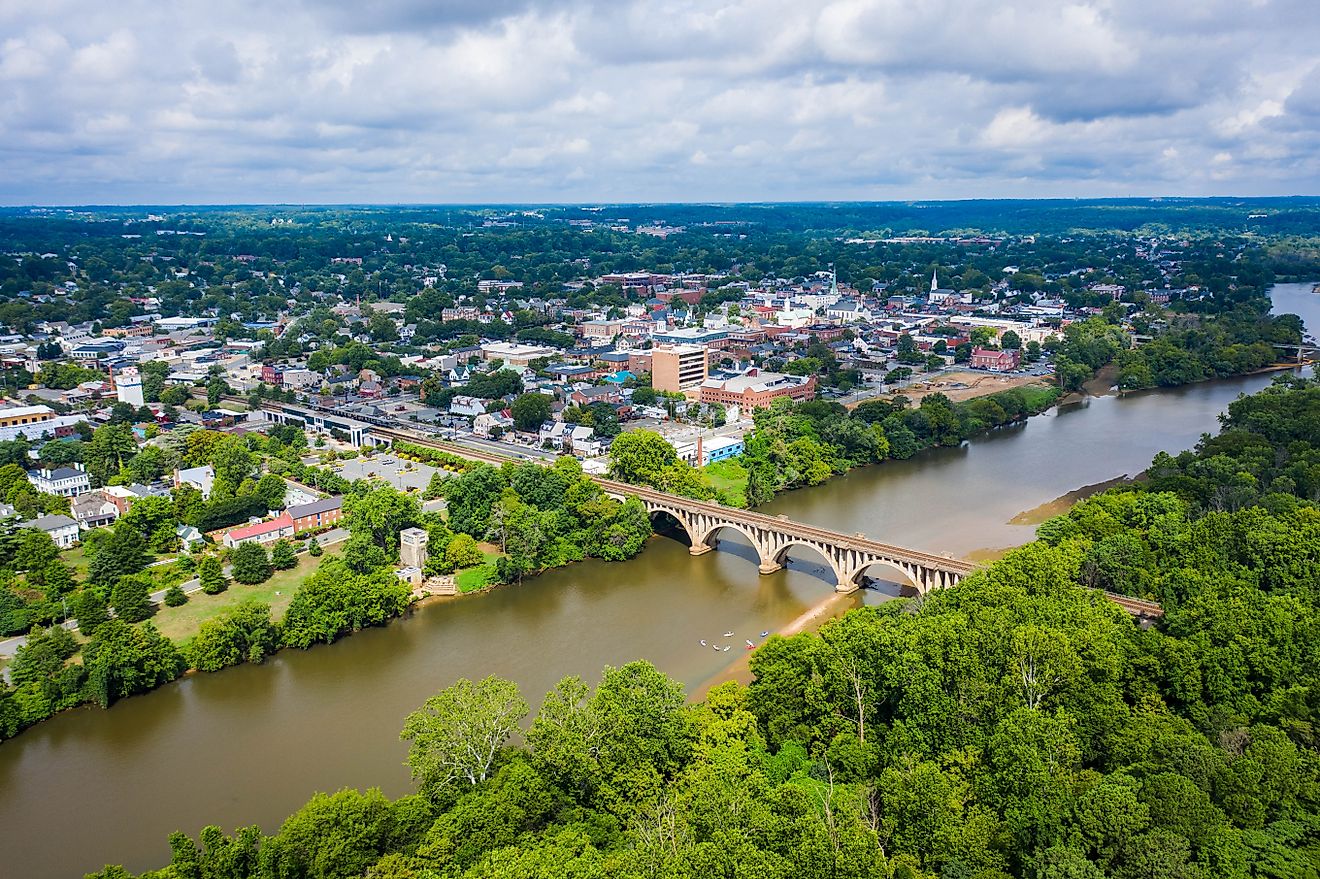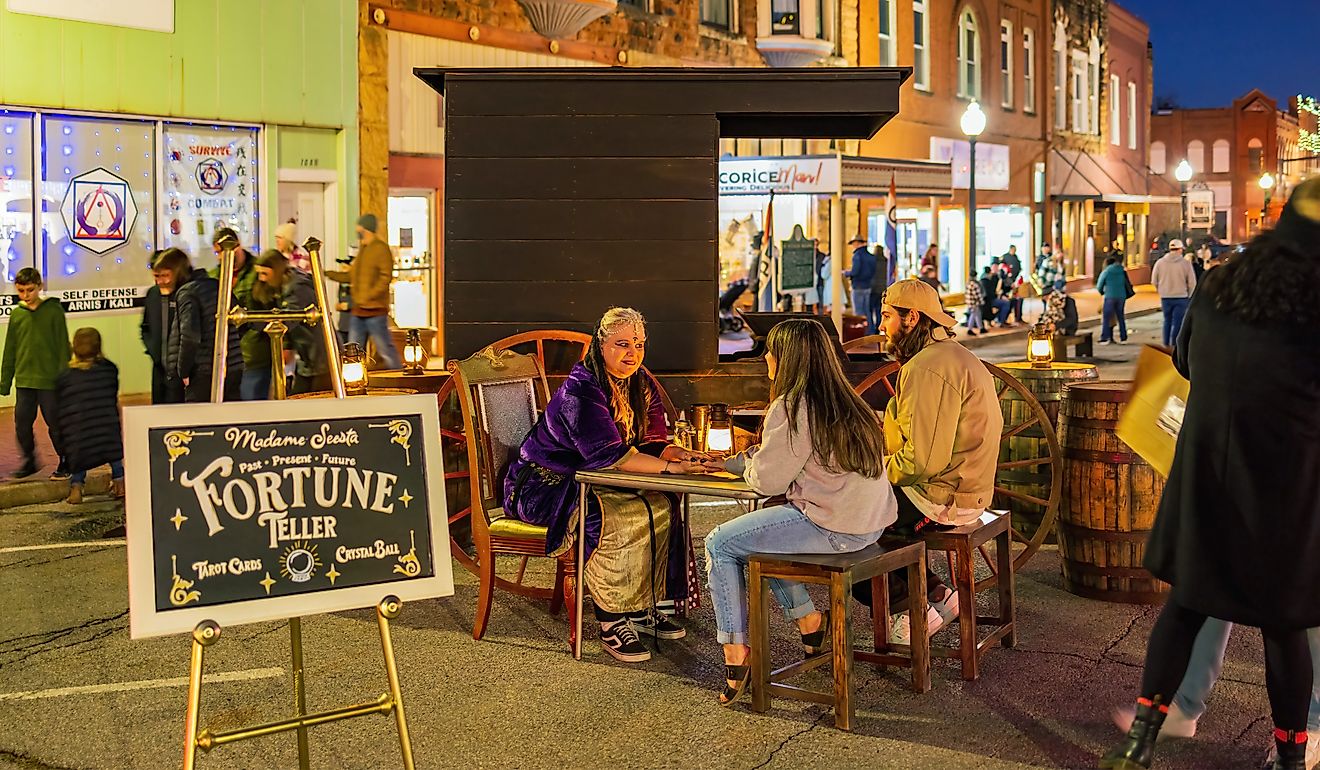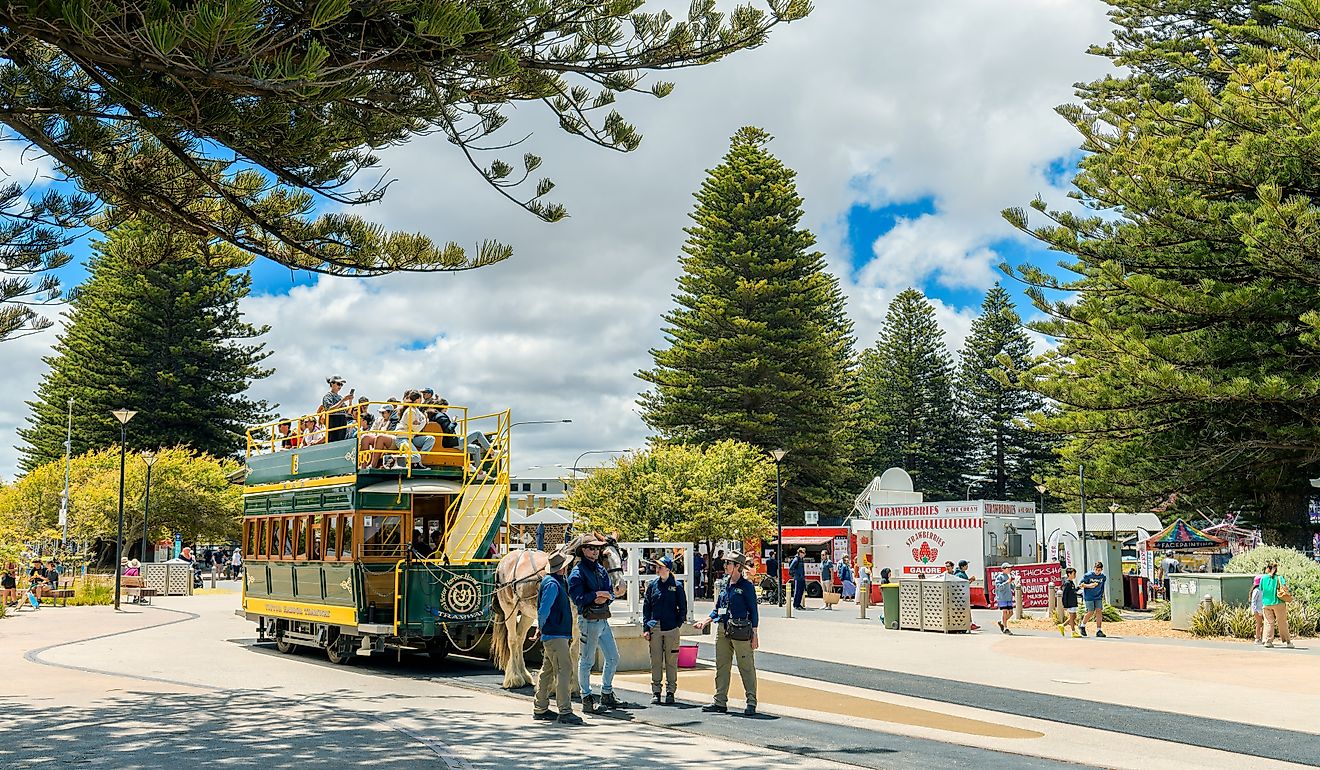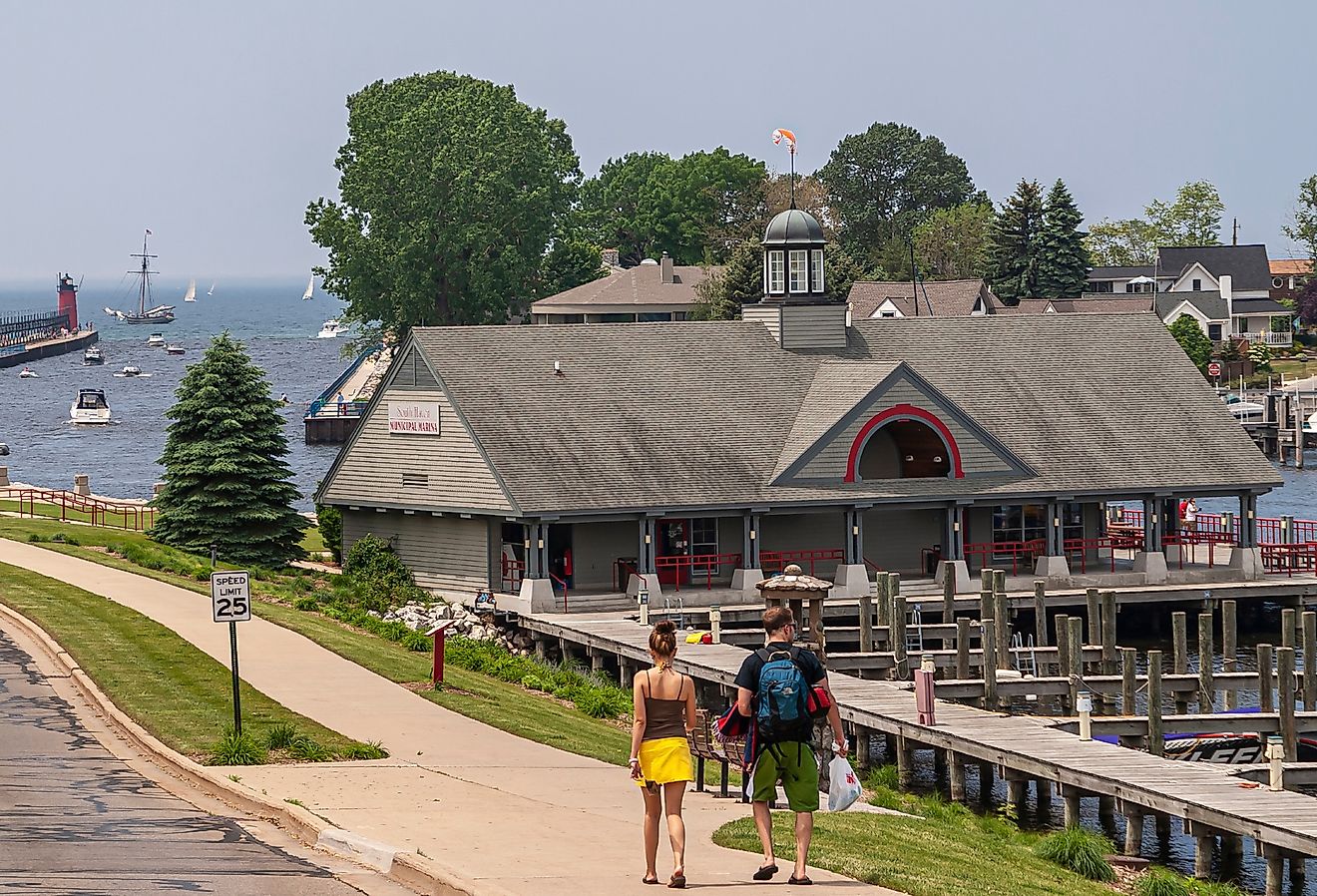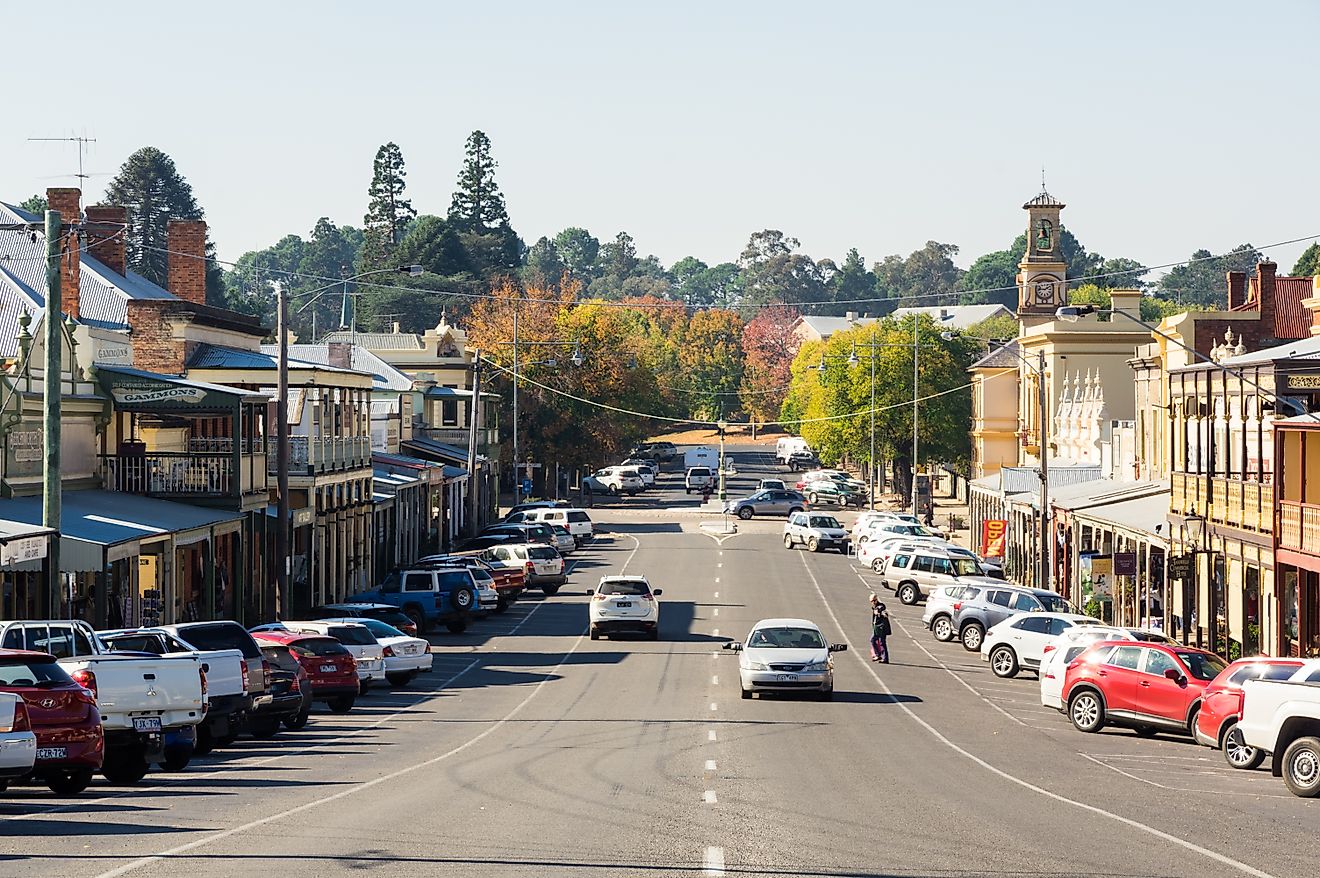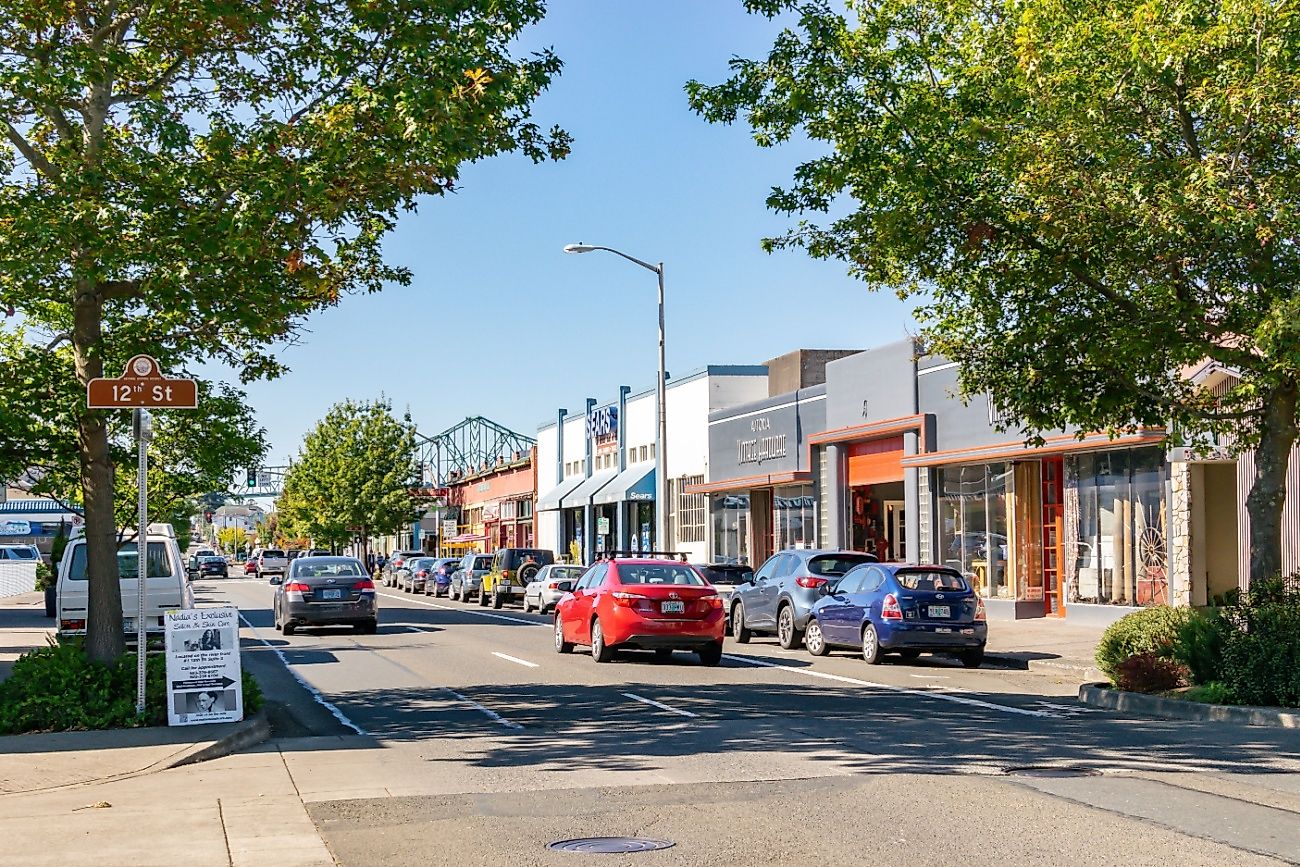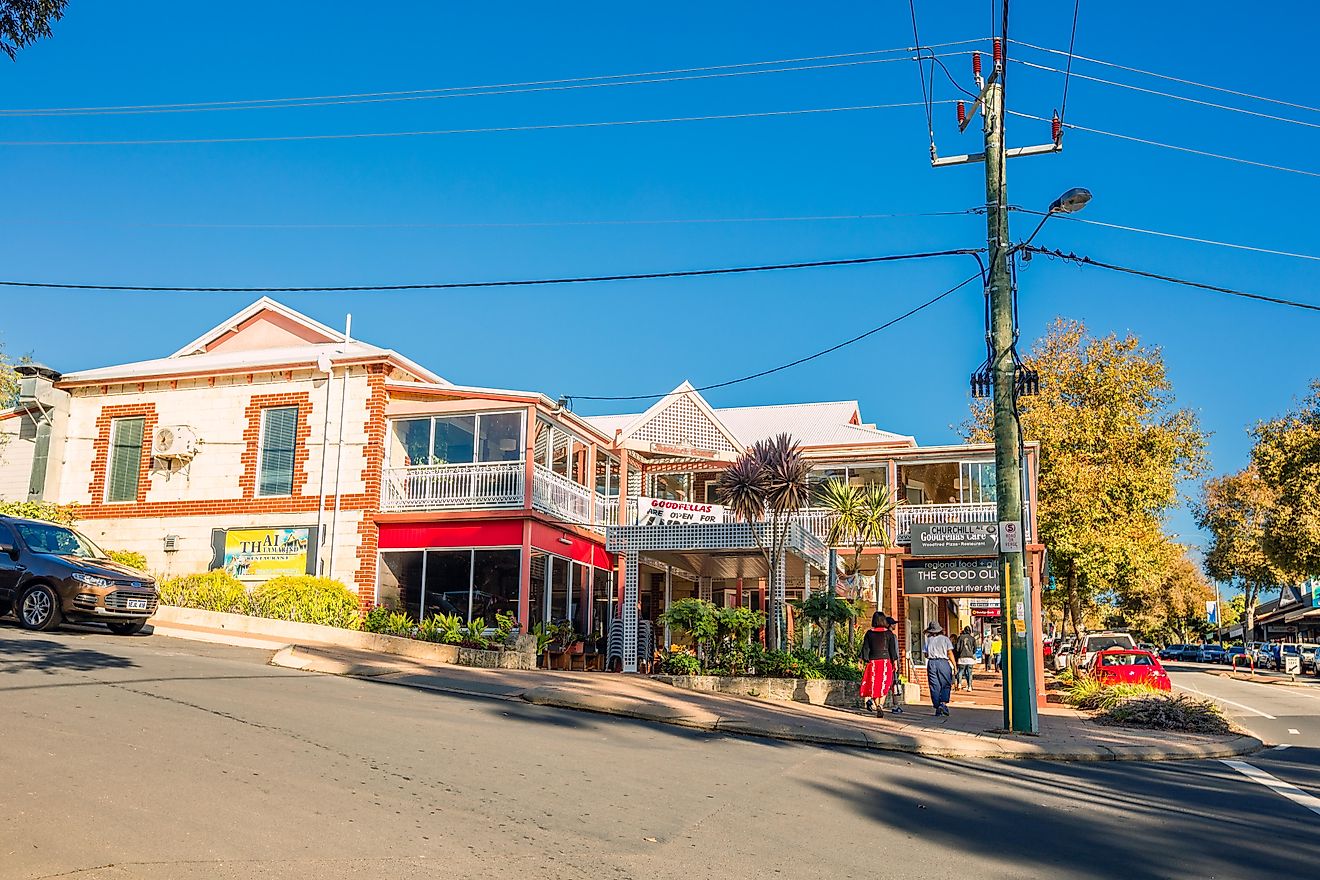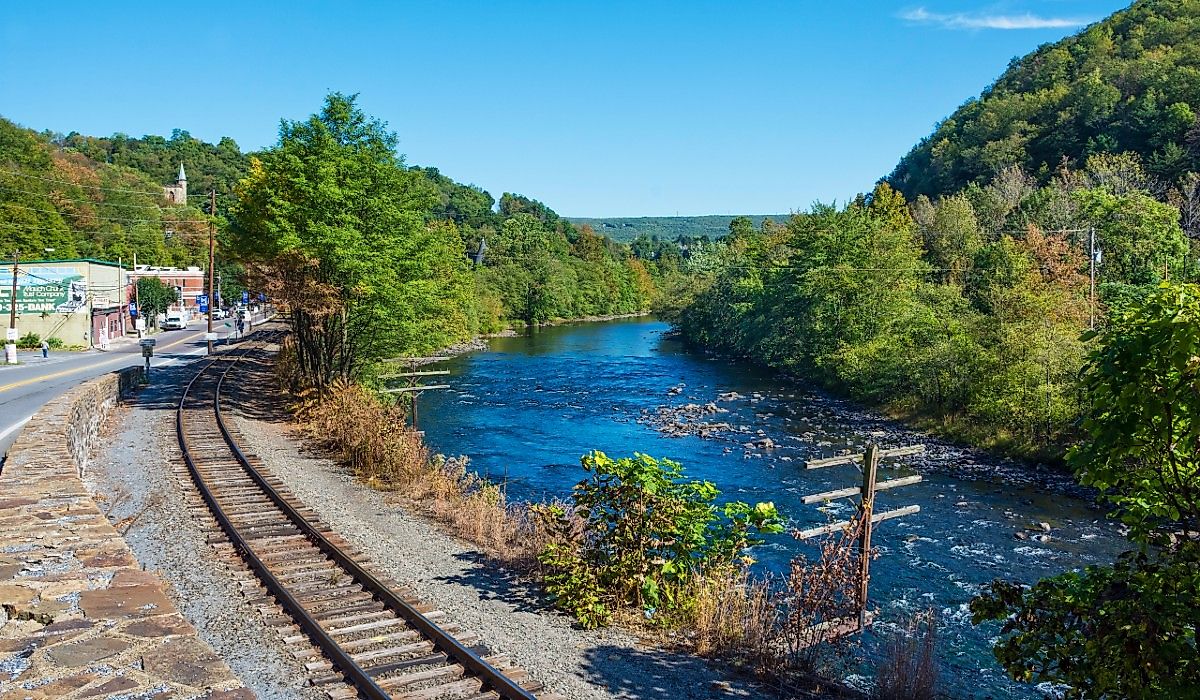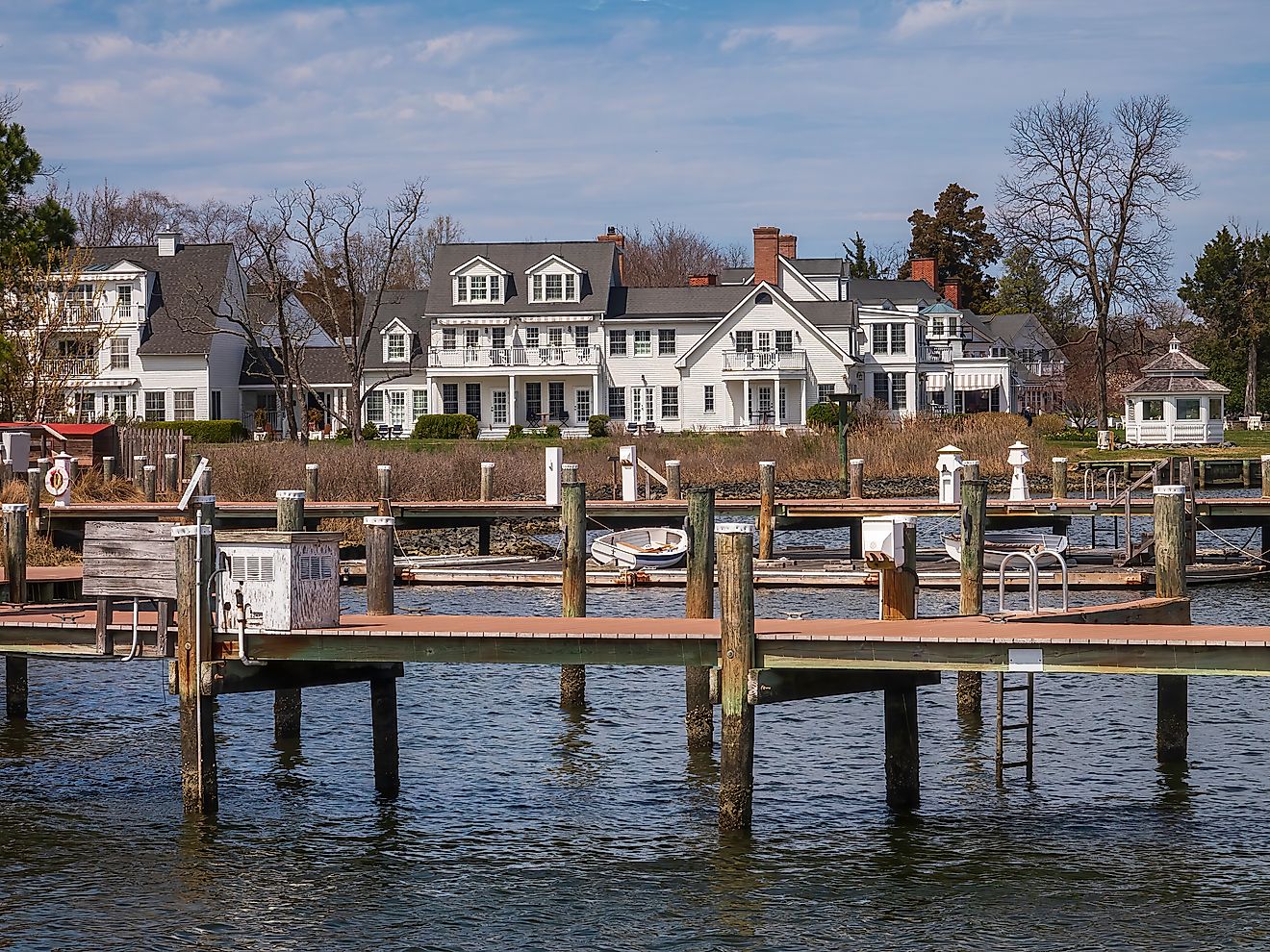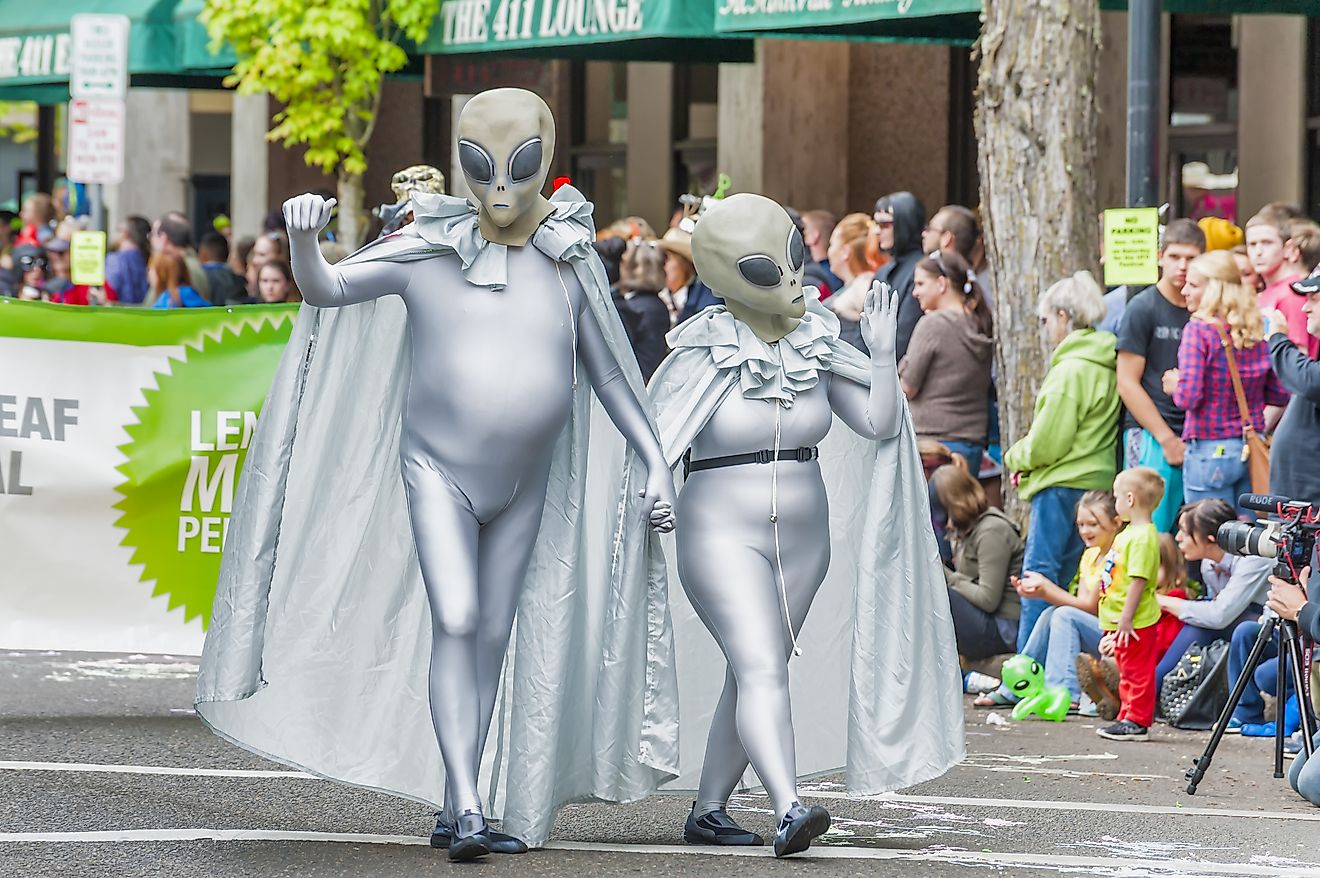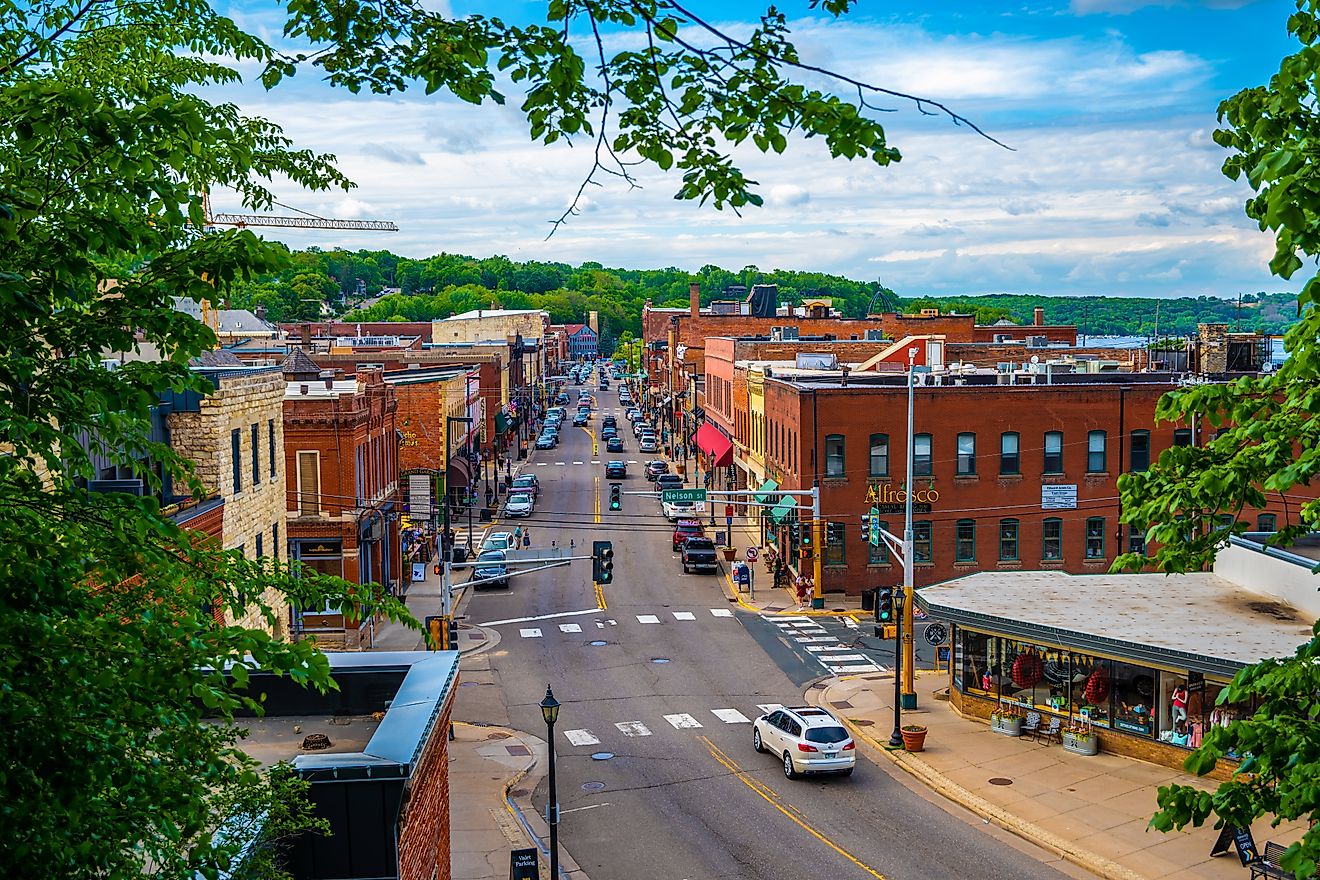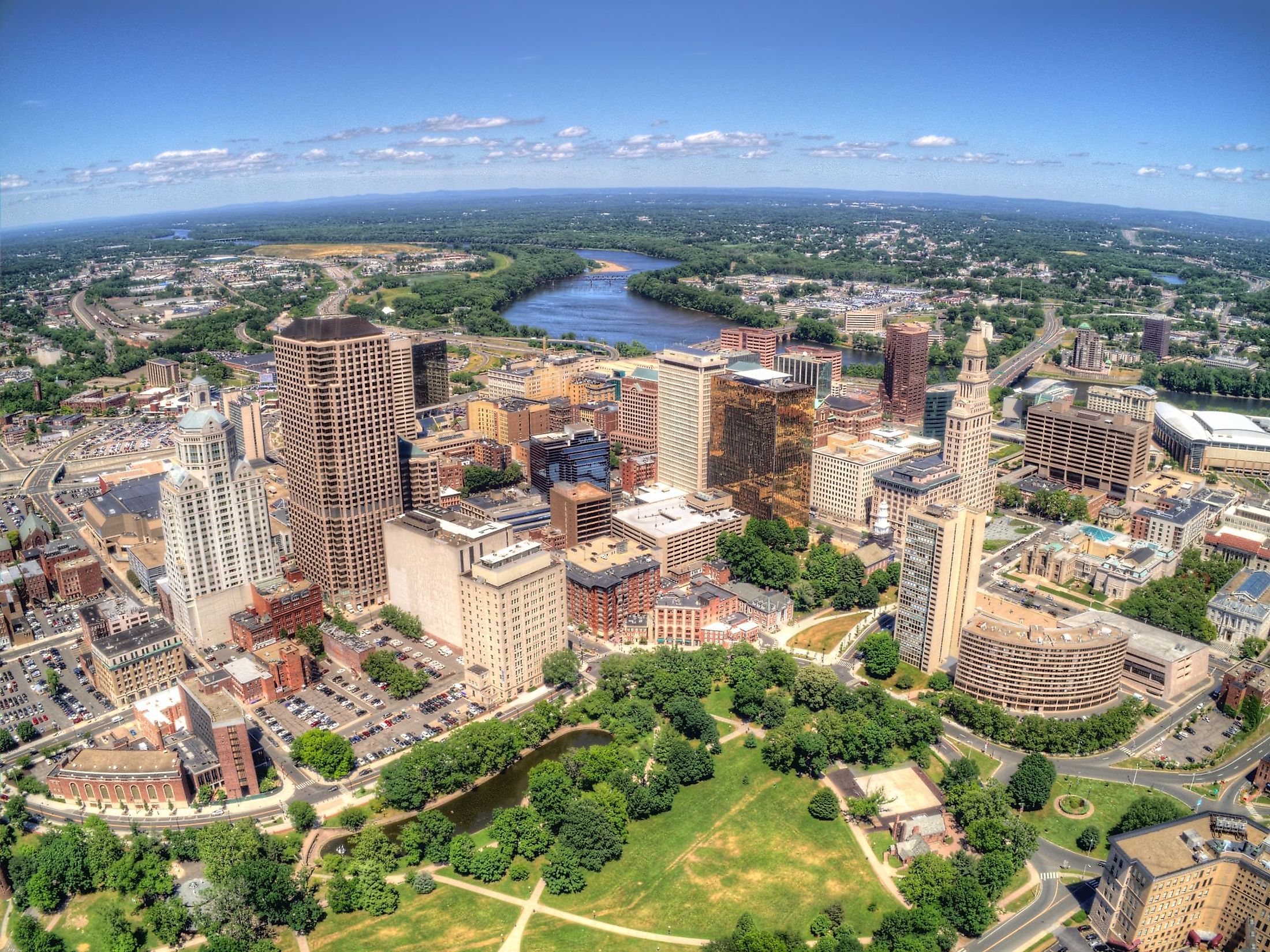
Hartford, Capital Of Connecticut
The capital city of Connecticut – Hartford – is labeled as the World's Insurance Capital as there are more than 100 headquarters for insurance companies within the city limits. The state capital holds the US records for the oldest running newspaper, publicly funded art museum, and publicly funded park. From old Victorian homes to luxury condos, Hartford can accommodate any resident's wants and needs lists. The city is jampacked with sporting events, live music, bars, restaurants, shopping, and green spaces to complete the perfect work-life balance.
Geography Of Hartford
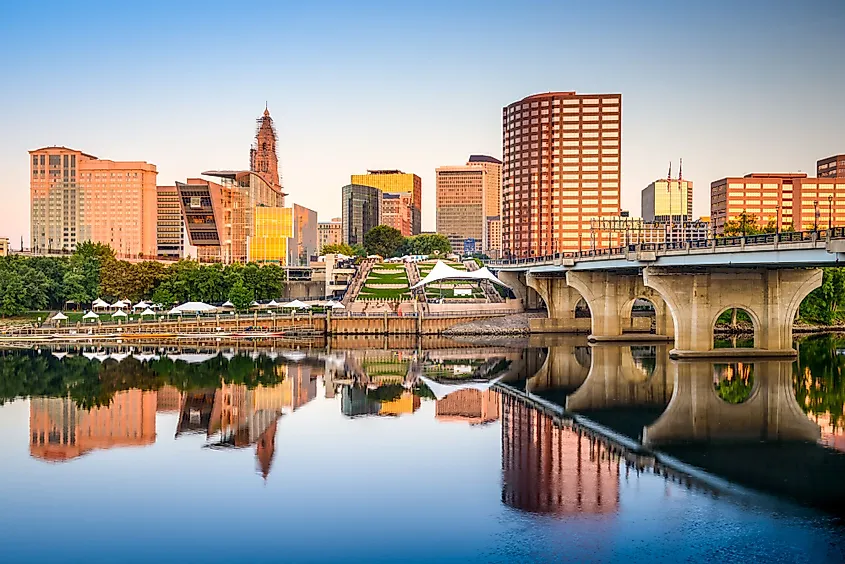
Fixated in the center of the Constitution State, all roads in the northeastern US lead to Hartford. The Greater Hartford area consists of West Hartford, Hartford, and East Hartford. The Connecticut River flows directly through the city, which divides the eastern district as Prospect Avenue splits most of the west borough from Hartford. The elevation at the city center is just 16 meters above sea level, and Hartford covers an area of 46.6 sq. km. One of the unique border towns in North America is 408 kilometers north on Interstate 91 – buildings, roadways, and properties straddle the border in Derby Line, Vermont, and Stanstead, Quebec, Canada. Americans living on the south side of Highway 247 can walk out their front doors and wave to their friendly Canadian neighbors living on the north side of the road. Directly east of Hartford, Rhode Island's capital, Providence, is roughly an hour and a half drive between cities. The Connecticut River empties into the Long Island Sound just 75 kilometers south of Hartford.
Climate Of Hartford
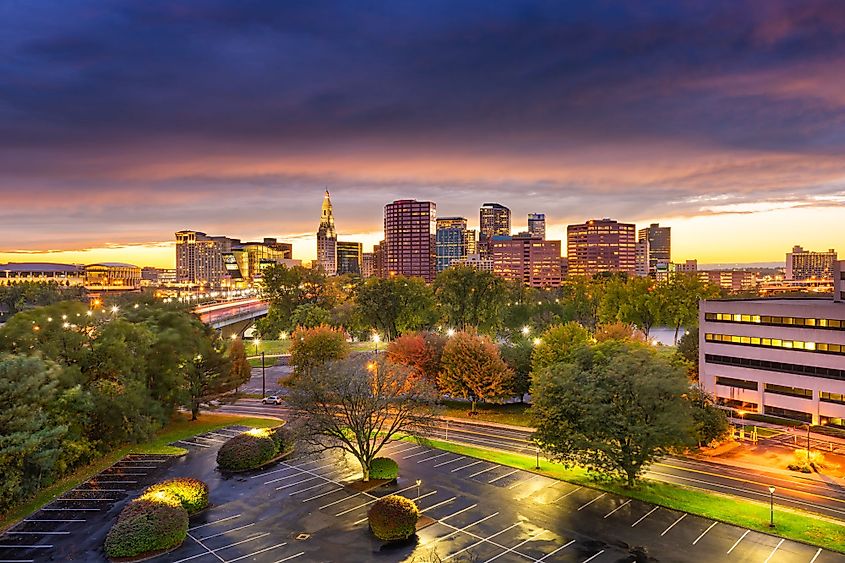
The climate in Hartford will have the full force of each season, but one is most memorable. Autumn in central Connecticut is like something out of a painting; the colors are so vibrant when the leaves change states. The colorful season is the perfect time for photographers to snap their shots of the beautiful altering forests. As the temperatures descend and the deciduous trees are bare, winter arrives with many flurries from December to March. January is the snowiest month, with an average of almost 30 centimeters of snow. The Appalachian Mountain range provides dozens of ski resorts within a couple of hours' drive for Hartford residents. Snowfall can continue well into April just as the leaves return on the many forests that encompass the city. Temperatures quickly rise as summer approaches. From June until the end of July, daily highs can climb above 30˚C. Unluckily, the heat comes with a price as heavy rainfall continues throughout the seasons. Hartford can see over 1,200 millimeters of showers yearly and less than 190 days of sunshine.
History Of Hartford
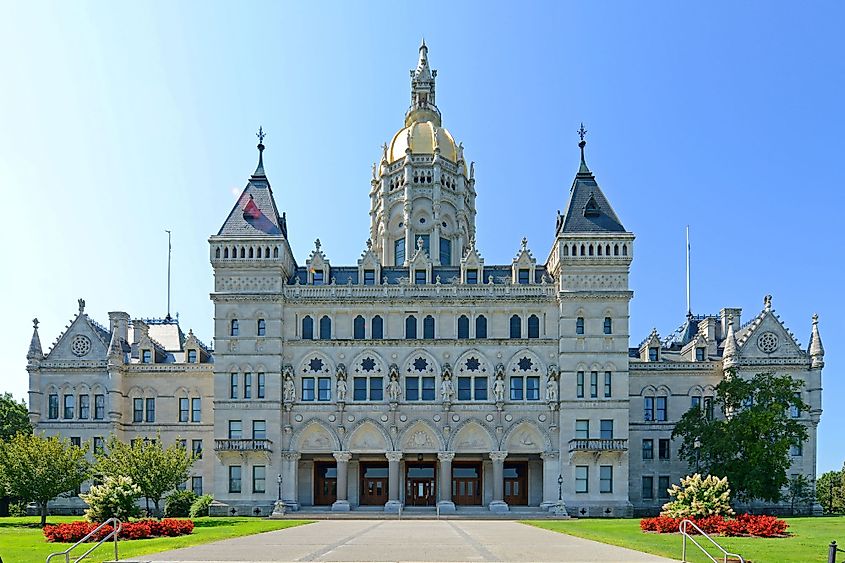
Before the arrival of European explorers, many different native tribes inhabited the land surrounding modern-day Hartford. Tribes that belonged to the Algonquin confederation lived alongside each other, which was primarily peaceful. The Poquonocks occupied an area northwest of Hartford, the Podunks on the east side of the Connecticut River, the Tunxis west of Hartford, the Wangunks in the south, and the Saukiogs directly in Hartford. The local Saukiog name the settlement after their people. The first contact with outsiders was with Dutch explorers. In 1614, Captain Adriaen Block and his crew were trading furs with the native tribe. They created the first post in Hartford, known as Dutch Point today. An English preacher, Thomas Hooker, clashed with the Archbishop of Canterbury – he was then forced out of England and fled to Holland. In 1633 Thomas Hooker boarded a ship to Massachusetts but left Boston due to overcrowding. Mr. Hooker, 100 men, and their cattle set off and settled just north of the Dutch. They called their new settlement Newton but changed the title to Hartford shortly after.
Throughout its history, Hartford grew to be one of the most economical cities in the United States. 1764 was the year that the Connecticut Courant published its first newspaper. To this day, it is the oldest operating American newspaper. Ten years later, the city of Hartford and a selected group of Connecticut townships became incorporated. In 1838, the New Haven to Hartford railway was completed, connecting the state's capital to bustling New York City. The first insurance company was established in Hartford in 1810, causing the World's Insurance Capital to live up to its name. From the beginning of its time, this prosperous city was considered one of the wealthiest cities in America.
The Population And Economy Of Hartford
Hartford has the largest population in Hartford County, with 120,310 people residing within the city's boundaries. Unfortunately, the population has been in decline since the 1950s. The median age is relatively young at 32.1 years old, 30.9 years for men, and 33.2 years for women. A metropolis where almost a third of its population lives in poverty has an average household income of $52,689. A home's standard price is $170,200, whereas tenants pay approximately $1,000 monthly. Just 60% of the population participates in the labor force, with an unemployment rate of 11.3% — the most prominent occupations include Health Care Services, Educational Services, and Manufacturing. Utility Employees, Finance and Insurance, and Real Estate are the most lucrative trades.
Attractions In Hartford
The Mark Twain House & Museum
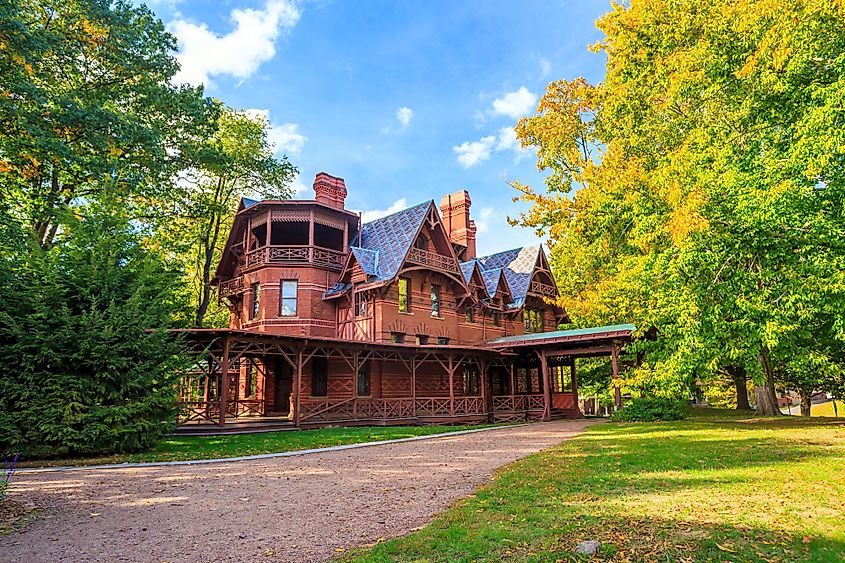
Samuel L. Clemens, who wrote under the alias Mark Twain – built his family home in Hartford in 1874. His family lived in this 19-room house until 1891, with multiple owners before it became the Mark Twain Memorial and Library Commission in 1929. Nowadays, guests can visit the home and museum with the chance to purchase world-famous literature in the museum's store.
Connecticut's Old State House
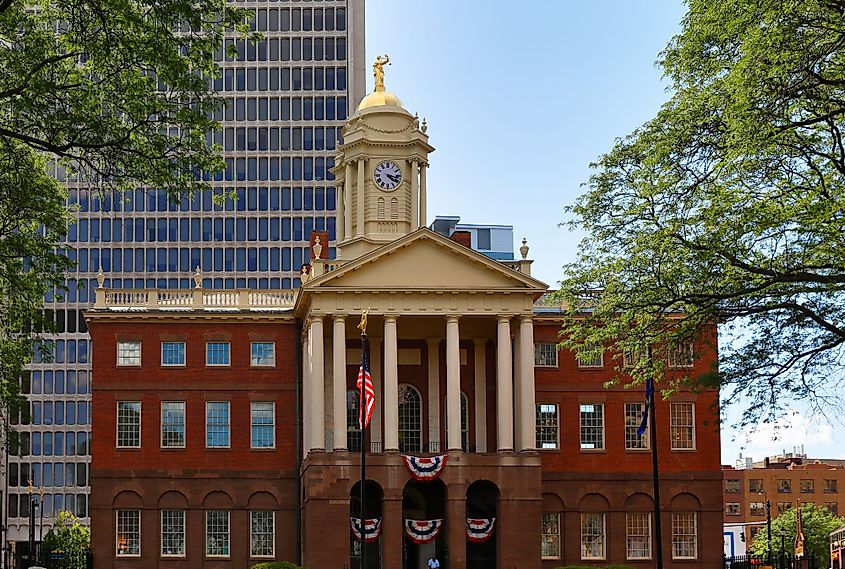
In the core of Hartford, Connecticut's Old State House functioned as the state capitol from 1796 until 1878. It was then overtaken by the municipality from 1878 to 1915 as Hartford City Hall. Today, the refurbished and conserved national historic landmark is a museum and civic area for guests to take a step through the eras of Connecticut's history.
Bushnell Park Foundation
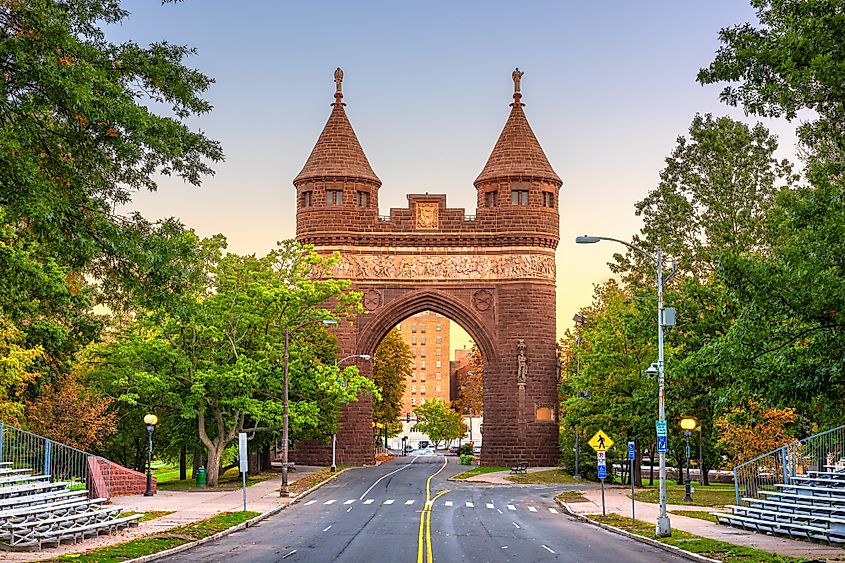
In the heart of Hartford, the historical Bushnell Park covers an area of 50 acres. Created in the mid-1850s with hopes of more urbanized parks in Connecticut – Bushnell Park has only thrived since. Sightseers can appreciate the stunning architecture of the Connecticut State Capital while strolling through the kilometers of trails. Children and parents can take a ride on the 100-year-old carousel and pay tribute at the Soldiers and Sailors Memorial Arch.
